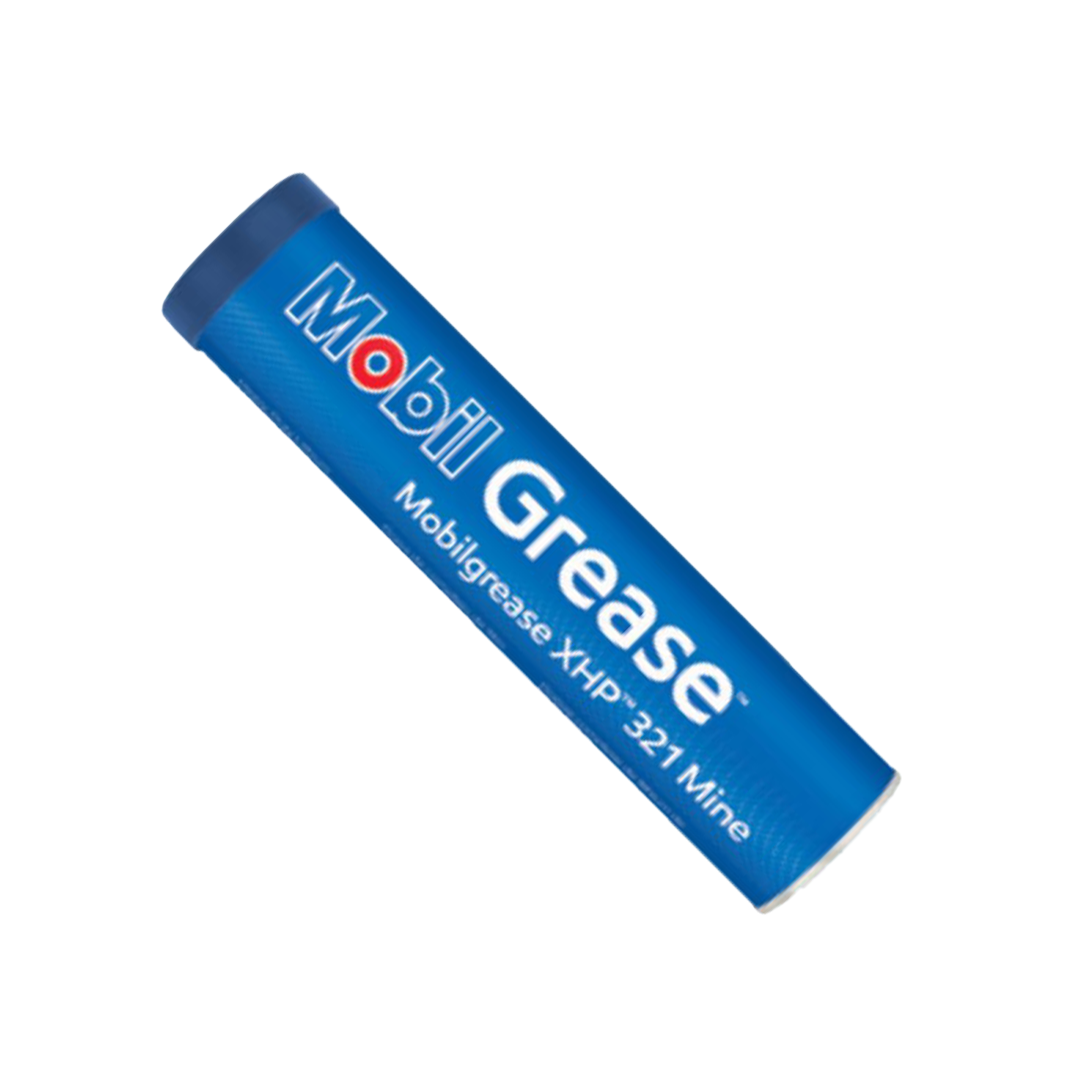
News
Understanding Grease Compatibility and Conversion
Making a change can be easier than you think
Considering Changing Greases?
As you think about appropriate greases for the needs of your operation today, you may decide to make some changes. To do this, you need to understand the issue of compatibility and its implications for conversion. For many greases, it's easier than you think.
Compatibility is not necessarily an indication of whether a conversion can be done; it's often a tool to identify how it should be done.
Compatibility charts are just part of the equation
Compatibility charts like the one below can be a good tool to identify which thickeners generally play well with others. They can be helpful as long as you don't consider them a hard and fast rule. The chart shows a general likelihood of compatibility, but it doesn't account for specific product formulation or the effect of certain conditions, such as temperature, shear rates, and the ration of the greases in mixture.
Ask a STERN Expert Before Switching Greases

Interaction Matters
It's best to get as much information as you can about compatibility. Knowing the type of interaction between two greases can allow you to make a better decision, rather than just not knowing if they are compatible or not. Some incompatibilities simply result in a slightly lower dropping point, which is the temperature where the structure breaks down and the grease becomes liquid.
If your machinery doesn't run extremely hot, the lower dropping point won't be an issue. Another incompatible test result is softening. But softening can sometimes be a benefit – if the bearings run at moderate to low speeds, softening can help excess grease escape the housing and purge out the old grease faster.
The table highlights important compatibility factors to keep in mind:
Approach with confidence
Compatible thickeners in chart
Dropping-point incompatibility in bearings operating below 150°F
Softening incompatibility in low-speed bearings that can be greased more frequently
Approach with Care
Potentially incompatible thickeners in chart
Dropping-point incompatibility in high-heat applications
Softening incompatibility in high-speed bearings
Hardening (very rare)
Operating conditions are critical
In addition to how well two greases interact, equipment operating conditions may change the risk associated with incompatibility. Below are some additional factors to consider when evaluating a conversion plan.
Low-concern conditions
- Moderate operating temperatures and climate
- High purge rates, or frequent lubrication cycles, meaning grease is not in the equipment for very long
- Less-critical or less-expensive machinery
- Equipment that is easy to clean or replace
= Low Likelihood of compatibility issues
Higher-concern conditions
- Extreme hot or cold operating temperatures and climate
- Low purge rate, or infrequent lubrication cycles, meaning grease mixture must perform for an extended period of time
- Expensive or process-critical machinery
- Equipment that is difficult (or impossible) to clean or replace, such as electric motors or sealed bearings
= Higher likelihood of compatibility issues

